The Story Behind Engagement Rings and What They Truly Mean
Engagement rings have a long history of love, tradition, and meaning. Learn what makes them so special.
JEWELRY
6/27/20258 min read
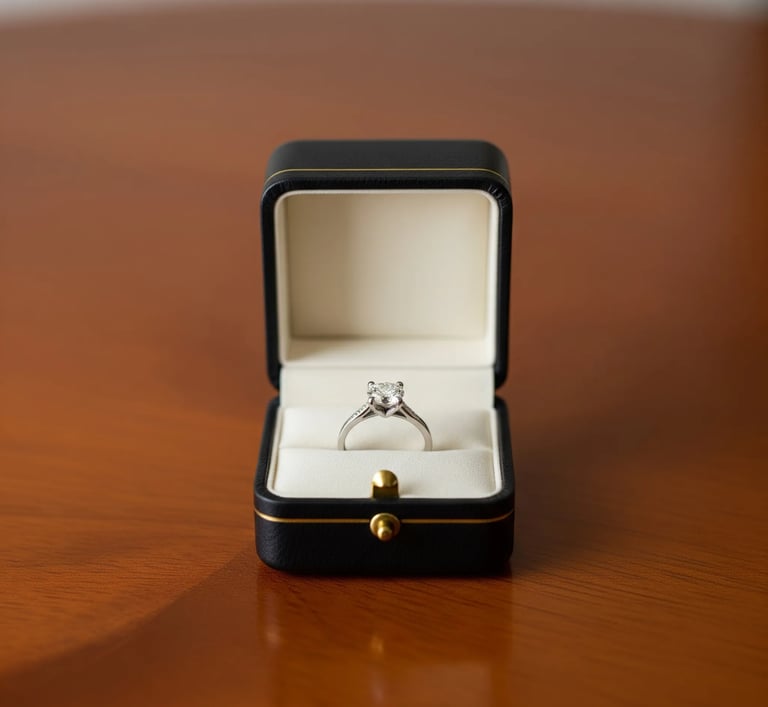

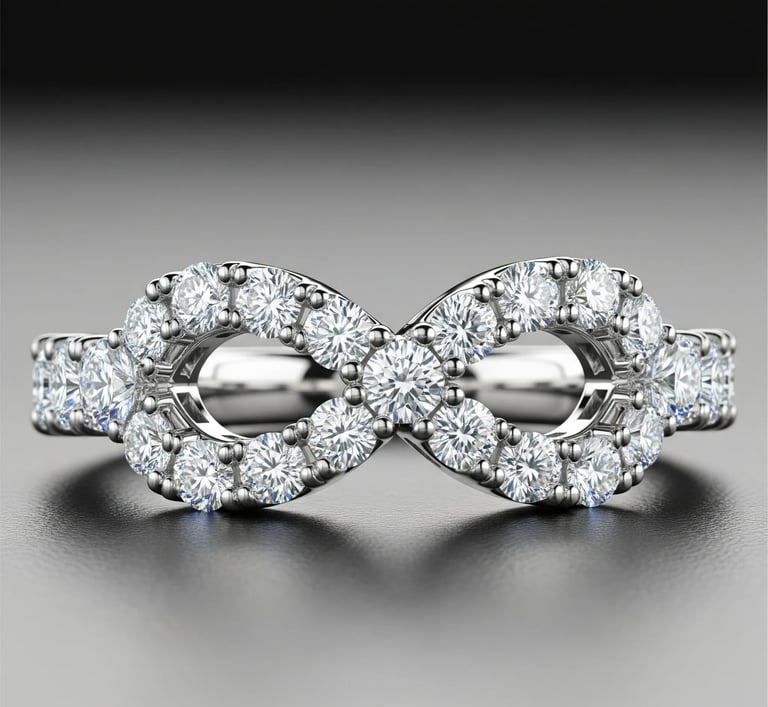

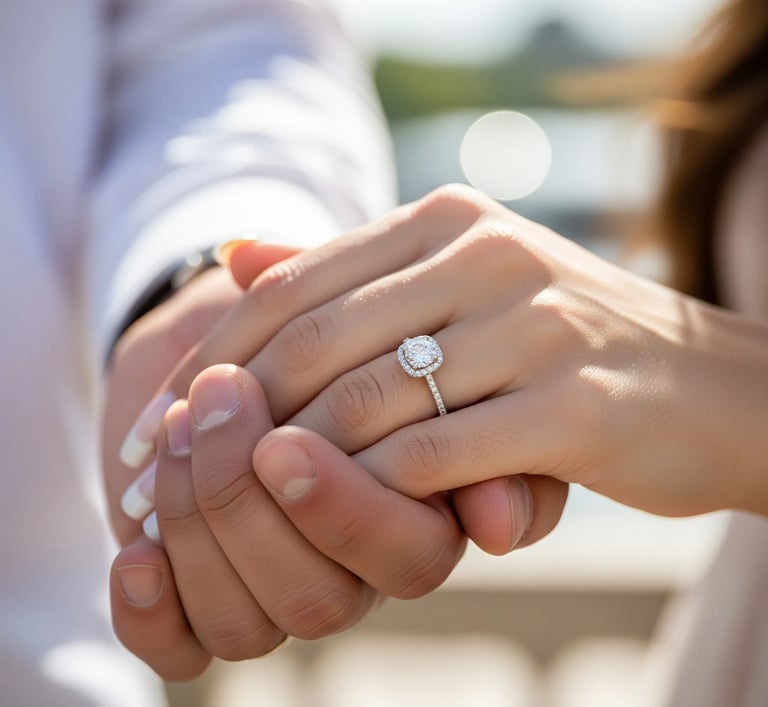

Engagement rings are now a well-known symbol of love and commitment, but their history is much more interesting than most people think. Engagement rings are now a big symbol of love, but the tradition has changed over time due to culture, history, and ads. While giving a ring to mark marriage began in ancient times, diamonds only became the popular choice in the 1900s. Today, engagement rings are more than just jewelry; they represent a promise to spend a lifetime together.
At their core, engagement rings symbolize more than just an impending wedding. They are a physical manifestation of love, trust, and the shared dreams between two people. The sparkle of a diamond is often linked to strength and durability, qualities many couples want in their relationship. However, as times change, so do the meanings and preferences behind these rings. From different gemstones to vintage styles, the real meaning of an engagement ring is in the personal story behind it. Each ring becomes a unique symbol of love, making it more than just a tradition.
Cultural Traditions Surrounding Engagement Rings
Cultural traditions surrounding engagement vary widely across the world, each adding its own unique touch to the meaning behind the ring. In Western cultures, particularly in the United States and Europe, engagement rings are typically given by one partner to the other during a marriage proposal. The ring is often worn on the fourth finger of the left hand, a tradition stemming from the ancient belief that a vein in this finger, called the "vena amoris" or "vein of love," leads directly to the heart. Meanwhile, in other parts of the world, such as in many Eastern cultures, engagement rings may not be as common or may be replaced with other forms of gifts or rituals to symbolize commitment.
The Symbolism Behind Engagement Rings
Engagement rings are more than just beautiful jewelry; they symbolize the commitment and bond between two people. Diamonds, the most common gemstone, are chosen for their rarity and shine, representing eternal love. The round shape of the ring, with no beginning or end, symbolizes an unbroken, infinite love. In many cultures, giving an engagement ring is a promise to marry, marking the start of a new chapter in the couple’s life. This simple gesture can hold a lifetime of meaning, symbolizing the trust and devotion shared between partners.
Modern Trends in Engagement Rings
In recent years, engagement trends have evolved to reflect changing tastes, preferences, and values. While diamonds remain popular, many couples are choosing alternative gemstones like sapphires, emeralds, and moissanite. These stones offer a unique touch while also being more affordable or ethically sourced. Along with the shift in gemstones, the style of the ring has also become more diverse. Vintage designs and modern minimalist styles are both becoming popular, giving couples more options to match their personal tastes. Halo settings, where smaller diamonds surround the center stone, and nature-inspired designs are also on the rise.
Choosing the Perfect Engagement Ring
Choosing the perfect engagement ring can feel like a big decision, but it's about finding something that suits both you and your partner. Start by thinking about your partner’s style and preferences. Do they prefer classic, modern, or vintage designs? Consider the metal (gold, platinum, or silver) and whether they prefer a simple or bold style. Consider the metal (gold, platinum, or silver) and whether they prefer a simple or bold style. The gemstone is also important; diamonds are traditional, but sapphires, emeralds, and other stones are becoming popular for a unique look. It’s important to balance beauty with practicality, making sure the ring suits your partner’s lifestyle.
For some couples, the engagement ring shows their personal style or the uniqueness of their relationship. Whether it's a classic diamond or something different, the ring can reflect their values, culture, or shared experiences. Some people may even work together to pick out the ring, making the moment feel more collaborative and personal. The engagement ring marks the start of a commitment and holds special meaning as couples look toward their future together.
The Future of Engagement Rings
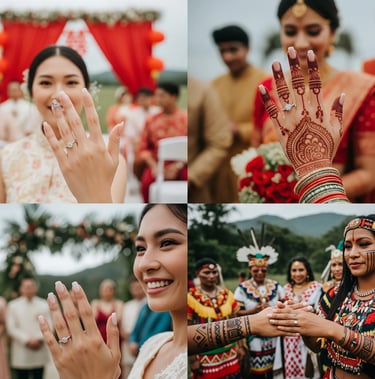

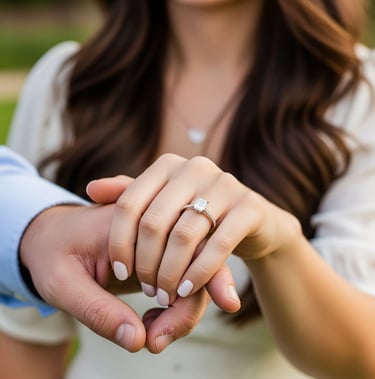

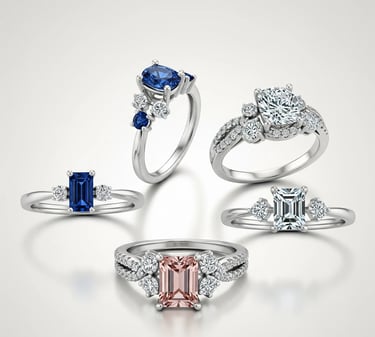

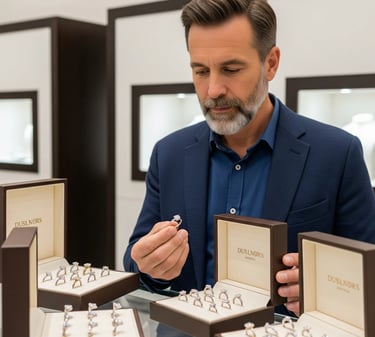

The Role of Engagement Rings in Proposals
Engagement rings play a key role in many marriage proposals, often serving as the centerpiece of the moment. For many, presenting the ring is a symbol of commitment and a promise for the future. It’s not just about the ring itself, but what it represents: a lifetime of love, trust, and partnership. The moment of the proposal, with the ring at the center, can feel like a dream come true for many couples. The proposal can be exciting and nerve-wracking, and the engagement ring helps make it a special moment.
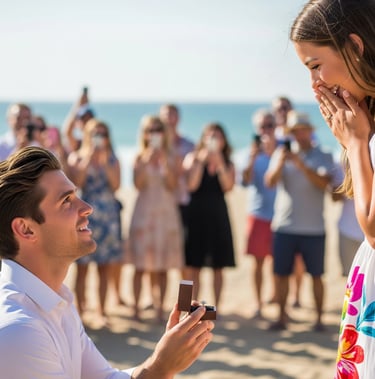

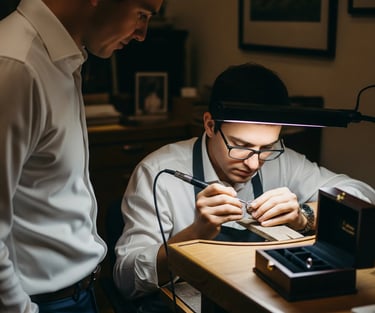

In some countries, the engagement ring also has a practical role, often marking the start of wedding planning. In Scandinavian countries, for example, both the bride and groom wear engagement rings. In Germany and other parts of Europe, both partners often exchange engagement rings during the proposal. Sometimes, this includes both an engagement ring and a wedding ring. The choice of gemstone, style, and material can differ by culture, with some people choosing sapphires, rubies, or other stones instead of diamonds. However, no matter what the tradition, the message is clear: the engagement ring symbolizes love and commitment.
Tips for Choosing an Engagement Ring Based on Tradition:
Consider your partner's cultural background when choosing a style or gemstone. It can make the ring more meaningful and personal.
Be mindful of the significance of different gemstones. For example, in some cultures, a sapphire is seen as a symbol of wisdom and loyalty.
Research the customs of your country or your partner’s country to see if there are any unique ways to present the ring or specific traditions to follow.
The significance of an engagement ring can also extend beyond the stone and setting. The ring is a family heirloom passed down through generations, carrying with it a sense of history and continuity. For others, it might be a custom design, representing the couple's unique journey and values. The choice of metal, such as gold, platinum, or another material, also plays a role in conveying meaning. Every detail, from the gemstone to the band, can show a couple’s personality, relationship, or culture. No matter the details, the engagement ring is a strong reminder of the promises made and the future ahead.
Tips for Choosing an Engagement Ring with Symbolism:
Think about the stone's meaning. For example, sapphires represent loyalty, and emeralds symbolize rebirth.
Consider personal or family significance. If there’s a family heirloom ring, it could add emotional value to the engagement.
Reflect on your relationship. Choose a ring that represents your unique bond, whether through custom designs or meaningful details.
Pay attention to the metal. Gold represents wealth and tradition, while platinum symbolizes strength and durability.
Another major trend is custom-designed engagement rings. Many couples are now creating unique rings that reflect their love story. This could mean picking a special gemstone, creating a custom setting, or adding personal touches that reflect their partner’s interests. Additionally, sustainability is becoming a priority for many, with a growing demand for recycled materials and ethically sourced diamonds or lab-grown stones. Couples are increasingly looking for ways to make their ring not only meaningful but also mindful of the planet.
Tips for Choosing a Modern Engagement Ring:
Explore alternative gemstones that may be more affordable and still attractive.
Personalize the ring to reflect your unique relationship.
Look for ethically sourced or lab-grown stones if environmental impact is important to you.
Choose a design that fits both your aesthetic and lifestyle.
Tips for Proposals with an Engagement Ring:
Think about your partner’s style and preferences when choosing the ring.
Propose in a meaningful place or at a special time to make the moment even more unforgettable.
Surprise or involve? If you think your partner would love to be part of the process, consider shopping for the ring together.
The ring is a symbol of your love and future, so make sure the proposal highlights the emotional connection.
Budget is another essential aspect to keep in mind when choosing the perfect ring. There’s no need to overspend, especially since the ring’s meaning is far more important than its price tag. You can find stunning rings at a range of price points by doing some research and exploring different options. If you're unsure about their preferences, ask their friends or family for advice. No matter what you choose, the perfect engagement ring is one that makes your partner feel loved and cherished.
Tips for Choosing the Perfect Engagement Ring:
Pay attention to the jewelry your partner already wears to get a sense of their taste.
Stick to a price range that feels comfortable for you without going overboard.
Choose a ring that fits your partner’s daily life, whether they prefer something low-maintenance or more luxurious.
Make sure you know their ring size or get creative by borrowing a ring they wear on the right finger.
Choose a timeless design that will stay meaningful for years to come.
The future of engagement rings is evolving as more couples look for options that reflect their values and personalities. Recently, more couples were choosing sustainable and ethical options, like lab-grown diamonds or recycled metals. These options are not only better for the environment but can also be more affordable than traditionally sourced stones. Couples are seeking unique, personalized rings instead of traditional ones. Custom designs with meaningful gemstones or settings that tell a couple’s story are becoming more popular.
Another growing trend is the move towards non-traditional engagement rings. Some couples are skipping diamonds and choosing alternative gemstones like sapphires or even unique materials like wood or ceramic. The idea is to break free from old conventions and create something that speaks to their own style and values. As more people embrace individuality, the future of engagement rings will focus on personalization and creativity, making the ring a true reflection of the couple’s journey.
Tips for Future-Proof Engagement Rings
Investigate lab-grown diamonds or recycled metals for an eco-friendly choice.
Consider custom designs that tell your unique love story.
Explore alternative gemstones or materials that match your style and values.
Choose a design and material that will stay meaningful and timeless.
Choosing an engagement ring is more than picking jewelry; it’s about finding something that represents the unique bond between two people. If you’re drawn to traditional diamonds, unique gemstones, or custom designs, the ring should tell your own love story. As trends shift toward personalization, sustainability, and creativity, there are endless options to explore. We’d love to hear from you! What type of engagement ring would you choose, and why? Drop a comment below and share your thoughts or experiences.
Get in touch
Address:
Belmont Village
Cebu Philippines
6046
Contacts:
+63 (032) 2630828
info@filipinophotoeditor.com
